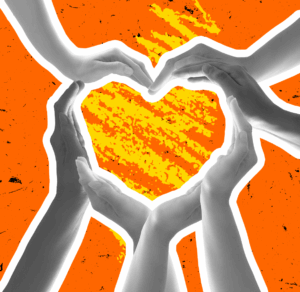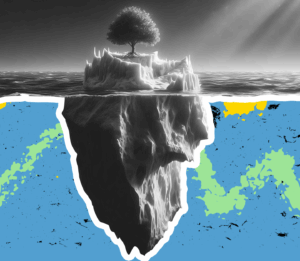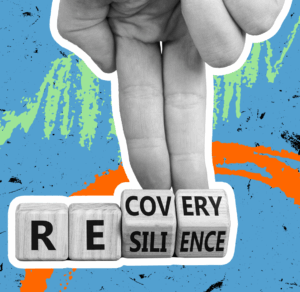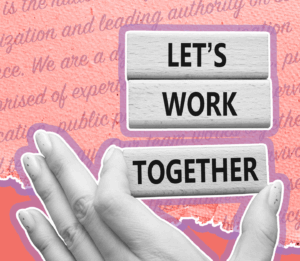bar
| Safety planning is a crucial step toward getting safe, staying safe, and feeling safe from sexual assault, harassment, and stalking. |

| Learn the risk factors for sexual violence, how to mitigate risk, and what steps you can take to keep yourself and your community safer. |

Learn the signs of sexual assault in college-age adults and how to offer support with care, empathy, and trauma-informed awareness.

Teens may not recognize abuse when it happens. Learn how to spot the signs of sexual assault and help protect the teens in your life.

| Child sexual abuse often goes unnoticed. Learn the warning signs and how to protect children through early recognition and support. |

| Sexual violence is traumatic, but trauma looks different for everyone. Learn what trauma is, how it affects survivors, and where to find support and healing. |

| Self-care helps parents build the strength and resilience necessary for supporting young survivors of child sexual abuse. |

| Tackle three common self-care myths with TRUTH. Learn what self-care really is, what it isn’t, and how it can help survivors of sexual violence live fulfilling lives. |

| This deep dive into practical self-care can help survivors of sexual violence rebuild their physical, mental, and emotional well-being. |

Each year, millions of people are forced to cope with the physical and emotional aftermath of rape, sexual assault assault, and sexual abuse. Healing from sexual trauma is possible, but it’s a journey that takes time. You’ll also need to show yourself plenty of compassion as you learn to navigate the world as a survivor. Medical attention and mental health support are essential recovery steps, but what do you do when you’re not at the…











